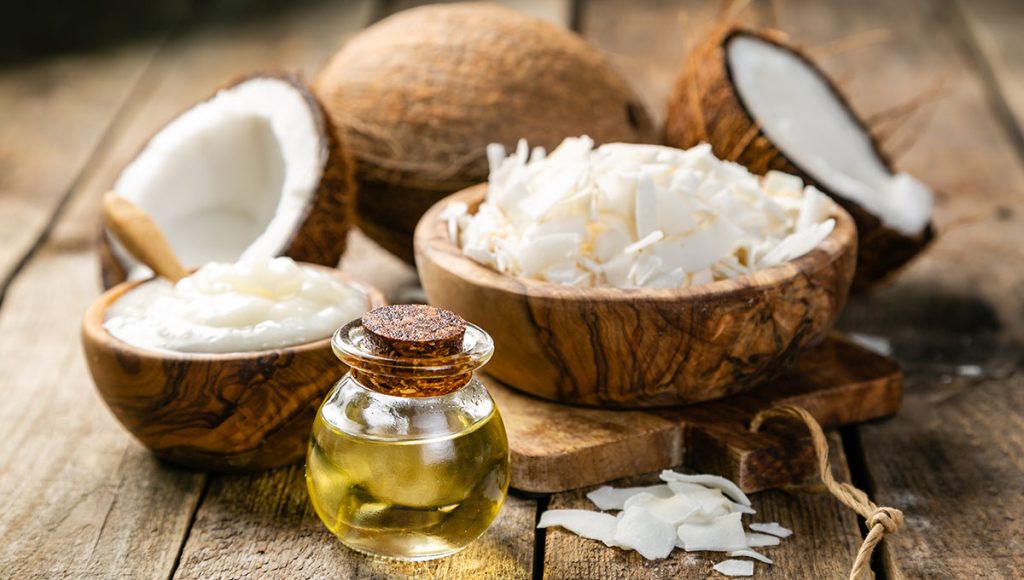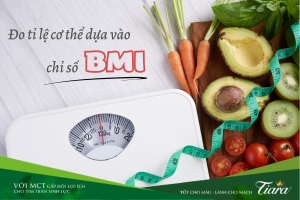Up to now, MCT is a nutrient that is no longer new to each of us. In fact, in 1960, MCT was used for the first time in patients with chronic gastritis and in the postoperative recovery period. Later, the uses of MCTs have been studied more and more extensively.
Today, we invite you to find out if MCT really supports energy metabolism and good for high-intensity people through a study published in the US National Library of Medicine.
“Medium-chain triacylglycerol (MCT) is known to be readily hydrolyzed completely to fatty acids and to be metabolized more readily than long-chain triacylglycerol (LCT). Therefore, we investigated the effect of 2 weeks of food intake containing small amounts (6g) of MCT on energy metabolism during moderate-intensity exercise and high-intensity exercise in high-intensity athletes. mobilize.
For comparison, subjects were fed foods containing MCT or LCT for 14 days and instructed to perform a locomotor exercise that corresponds to 60% of maximal O2 (blood oxygen concentration) absorption max & VO2 (maximum amount of oxygen (in milliliters) that the body can absorb per minute per kilogram of body weight at maximum performance) for 40 minutes, then increase to 80% VO2 up to the limit of athletes participating in the test.
As a result, the time to burnout at the active volume corresponding to the peak of 80% VO2 was significantly longer in the MCT trial. Blood lactate levels and RPE (Rate Of Perceived Exertion) during exercise were significantly lower after consuming foods containing MCTs. Fat oxidation rates were higher and carbohydrate oxidation rates were lower during exercise in the MCT trial than in the LCT trial.
These results indicate that the consumption of foods containing MCTs suppresses the use of carbohydrates for energy production due to the increased use of fatty acids by the body for alternative energy.
Currently, Tiara plus+ MCT is the FIRST and ONLY soybean oil product in Vietnam to be supplemented with this precious nutrient.
Source: https://www.nlm.nih.gov/



